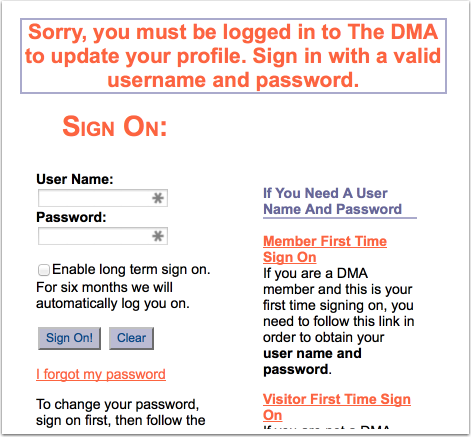Spam is about invading other people's space
- laura
- December 9, 2014
- Best practices
At the recent Sendgrid Emailmatter’s conference Sally Lehman advised attendees to “Treat someone’s inbox like it was their home.” This is advice I’ve been giving clients for a long time. I think it’s even more relevant now as so many people have data enabled phones and are checking email so frequently. It’s not just their home, it’s their personal space they can take with them.
Seanan McGuire, a friend and NY Times bestselling author, wrote a blog post today about how she views promotion and marketing as an artist and someone who is expected to promote her work. She also talks about what it feels like to be a target of promotion and offers some advice about how to promote your products online. She talks about how she, as an author and creative type, is expected to do some level of self promotion and how that promotion is done in her space – whether that space be on twitter or her blog.
The trouble, for me, comes when self-promotion begins going into other peoples’ spaces without being invited. An example:
Last week I tweeted about how my sister is a nervous flier. Within twenty minutes I had received an unsolicited tweet from a retired commercial pilot who does not normally follow me, with a link to his book on calming fears of flying. Now, this may seem like he’s just being helpful, but again, he does not follow me, and I did not ask for advice. This is a stranger who clearly has some standard searches coming across my comment and deciding that he can use it to profit.
I told him that what he was doing was spamming, and he asked why I was making such a fuss. The reason is simple: because he came into my space, without my asking him to, and tried to sell me something I had not asked for. He was spamming.
This invasion of space is why big brands and large companies often “get away with” sending unsolicited email. They’re brands that the recipients recognize and it’s not quite a real invasion. These brands spend a lot of time trying to occupy our space and occupy our homes and so email doesn’t always feel like an invasion as much as just another encroachment.
Brands the recipient has never heard of are invading because they’re not already part of our space. When we invite these brands in, by opting in, then we are giving them our space and don’t usually mind their mail. But when an unknown brand invades our space, like the pilot author in Seanan’s message, we react negatively and feel as if they’re invading our space.
